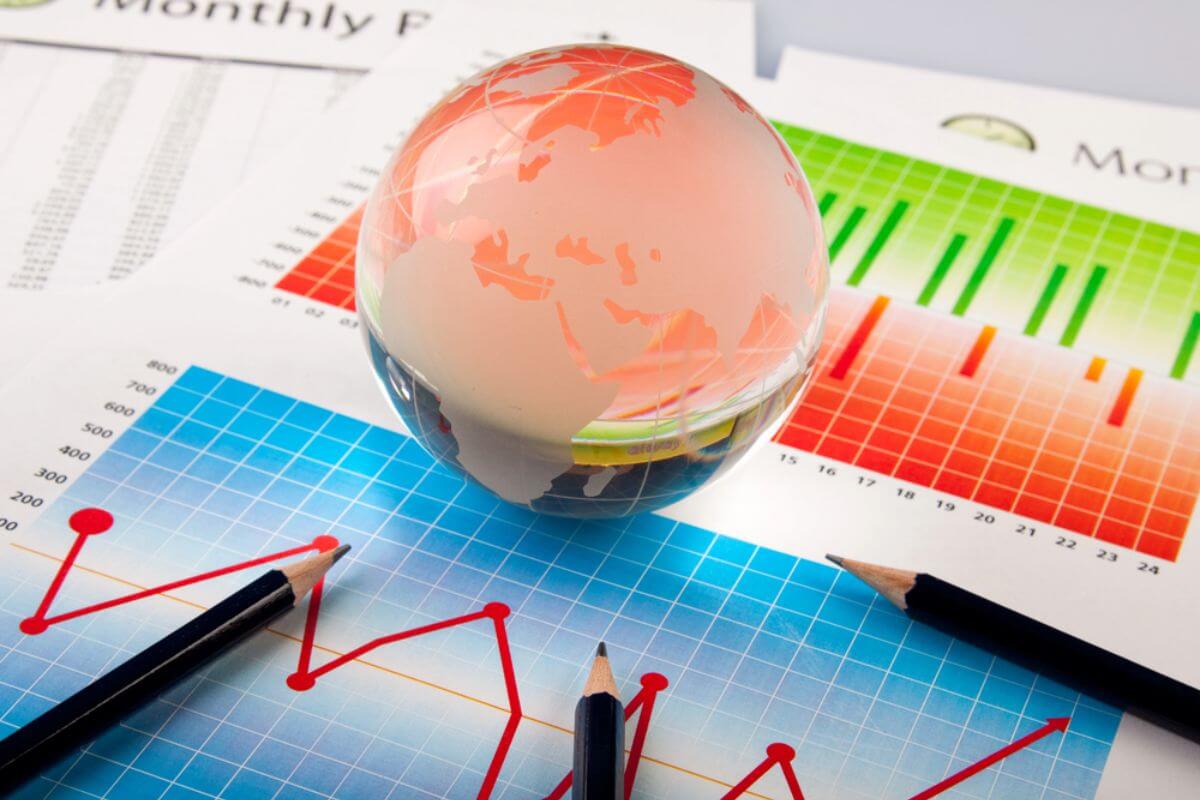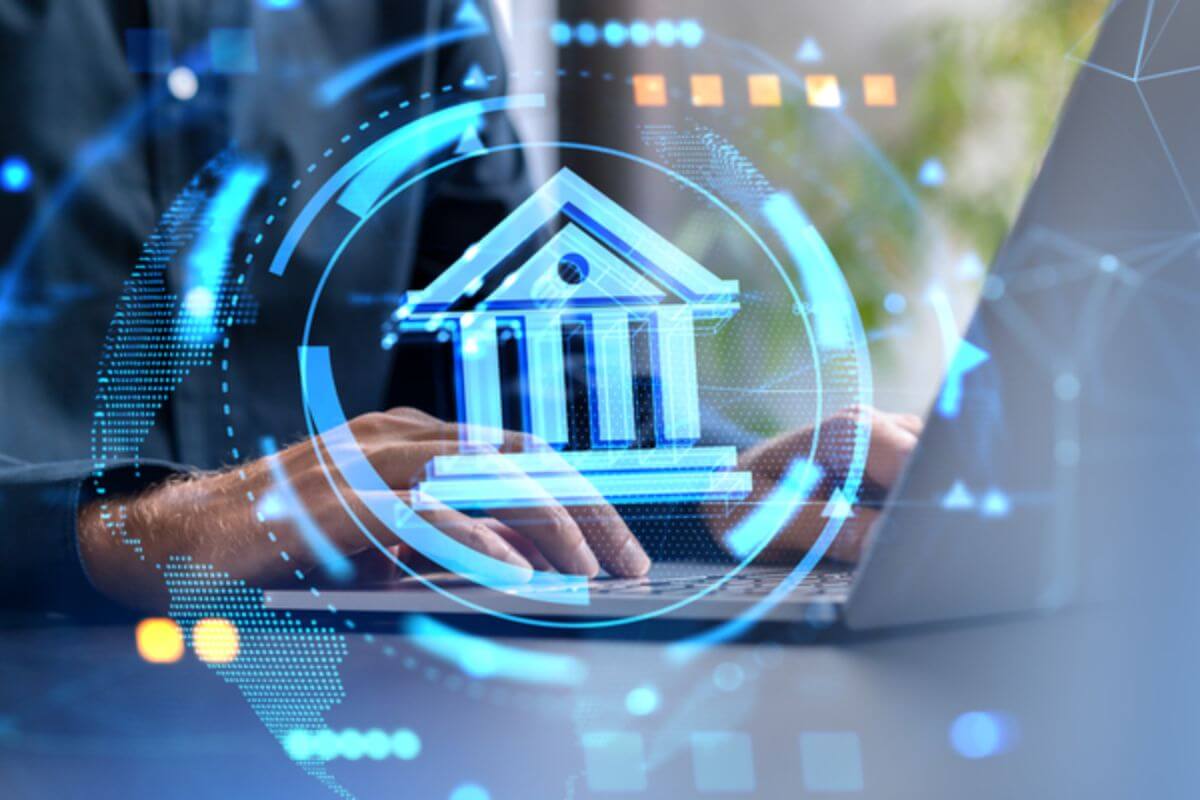

As we move into a new year, the investment banking landscape in the Philippines is undergoing a rapid transformation. In a year where global economic challenges meet local opportunities, staying ahead of the curve is important for both businesses and investors.
For companies looking to scale and investors seeking new opportunities, understanding the 2025 trends in investment banking in the Philippines is the key to unlocking growth. That’s why in this article, we’ll explore some of the latest trends that are poised to redefine investment banking in the country, and how this can put you in a strong position to seize emerging opportunities.

Traditional banks often face challenges when reaching underserved markets, but digital lending platforms are stepping in to offer faster, more accessible loan options for both individuals and businesses.
In 2023, the value of digital lending in the Philippines reached $3 billion, with expectations to grow to $20 billion by 2030. This growth highlights the increasing role of digital lending in the Philippine financial landscape, providing SMEs with crucial access to capital and expanding the opportunities available for business growth.
This shift is helping increase access to credit, particularly for individuals who have previously been excluded from traditional banking services.
Wealth-tech innovations include robo-advisors, digital investment platforms, and automated portfolio management tools—all of which are designed to make investment strategies more accessible and efficient.
For businesses, this presents significant opportunities to scale and optimize their investment strategies. Digital platforms that provide real-time insights, predictive analytics, and automated trading, for instance, can help companies enhance their financial planning and decision-making processes.
As more financial services move online, a wider segment of the population, including underserved communities, can access banking, loans, and investment opportunities. Mobile banking platforms, digital wallets, and online payment systems are bridging the gap for those without access to traditional banking infrastructure.
This shift is not just about convenience; it’s about democratizing access to financial tools that were once out of reach for many Filipinos, enabling them to build wealth and access credit more easily.
With an increasing number of Filipinos engaging in digital financial platforms, businesses can tap into a growing market of tech-savvy consumers and investors. Moreover, the shift towards digital finance allows for more efficient, secure, and transparent transactions, benefiting both financial institutions and their clients.
Tokenization involves converting physical or financial assets, such as real estate or stocks, into digital tokens that can be easily traded on a blockchain. This process allows assets to be broken into smaller, more affordable parts, making it easier for investors to purchase fractions of valuable assets.
For example, a piece of real estate worth millions can be tokenized, allowing multiple investors to buy shares in the property, and making real estate investment more accessible to those who otherwise couldn’t afford it.
Blockchain technology enhances this process by providing a secure, transparent, and efficient way to track ownership and transactions. Unlike traditional systems, blockchain operates on a decentralized network, reducing the risk of fraud and errors. All transactions are recorded in a tamper-proof public ledger, ensuring transparency and trust.

The Buy Now, Pay Later (BNPL) model is rapidly gaining popularity in the Philippines, particularly in the retail and e-commerce sectors. It allows consumers to make purchases instantly and pay for them over time through installment plans. With the flexibility it offers, this model appeals to customers who prefer alternative payment methods over traditional credit cards.
BNPL services often come with interest-free payment options if the balance is paid off within a specified period. This has made BNPL an increasingly attractive choice for consumers, where in 2022 alone, the number of BNPL users in the country reached approximately 7.8 million, marking an increase of about 2.7 million users from the previous year.
As this model continues to grow, it is expected to penetrate other industries, such as healthcare and travel, creating new opportunities for businesses to tap into a wider market and generate additional revenue streams.
Over the years, the investment banking landscape in the country has been evolving rapidly, shaped by technological innovations and shifting market dynamics.
Understanding the 2025 trends in investment banking in the Philippines is crucial for companies looking to take advantage of this growth, as well as for investors seeking to capitalize on emerging sectors.
Rocket Equities provides tailored investment advisory services for founders, family-owned businesses, and mid-sized companies involved in mergers and acquisitions. We support clients across Southeast Asia with capital raising, deal structuring, and investment planning—delivering practical solutions aligned with strategic goals.
Contact us today to see how we can help position your business for long-term success.

Rocket Equities Team
2025-05-08 • 7 min

Rocket Equities served as the exclusive financial advisor to the Philippines' leading digital rewards and incentives platform, Giftaway, Inc., in securing a US$ 18M investment from Aura Private Equity and its co-investors.

CREA, a prominent Thai e-commerce player, has been strategically acquired by OnPoint, Vietnam's leading e-commerce enabler, with advisory support from Rocket Equities.
